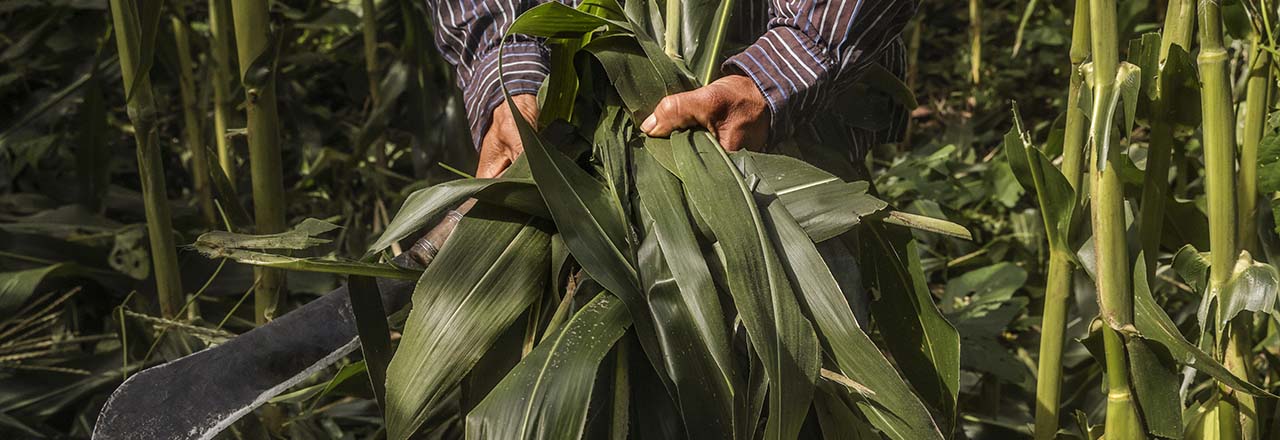

Giving Thanks for Farmers
Small family farms grow about 35% of the world’s food on just 12% of the world’s agricultural land, according to a recent study published by the Food and Agriculture Organization of the United Nations. These small-scale farms provide fresh, affordable food to their local communities and lead the way in protecting the land and water that sustain us all. They are drivers of change, even as they face the threat of climate change and the families who farm them experience hunger at disproportionate rates.
This Thanksgiving, as we gather around tables with our own families, let’s give thanks for the families around the world who are stewards of the land and who grow the food we eat.
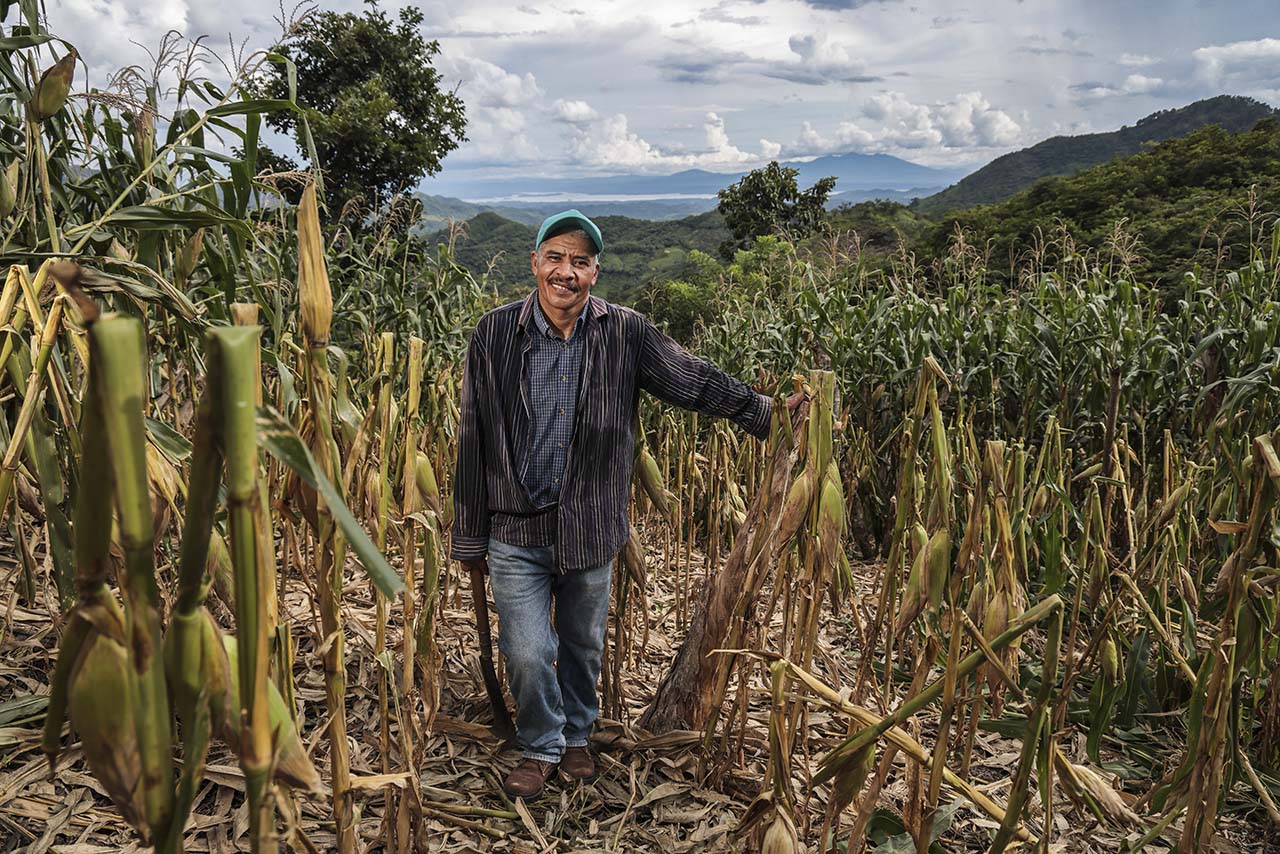
Photo by Oscar Leiva/Silverlight for CRS
José Arnoldo Arévalo Abrego | Honduras
Like most farmers in Central America, José Arnoldo Arévalo Abrego grows corn and beans, the mainstay of the regional diet. He wakes up at 4 a.m. each day and makes his morning coffee while his wife, Elida, prepares tortillas. He likes getting to his fields by sunrise. The views at that hour are the best. He says they remind him that God gave him his land to “protect it, not destroy it.”
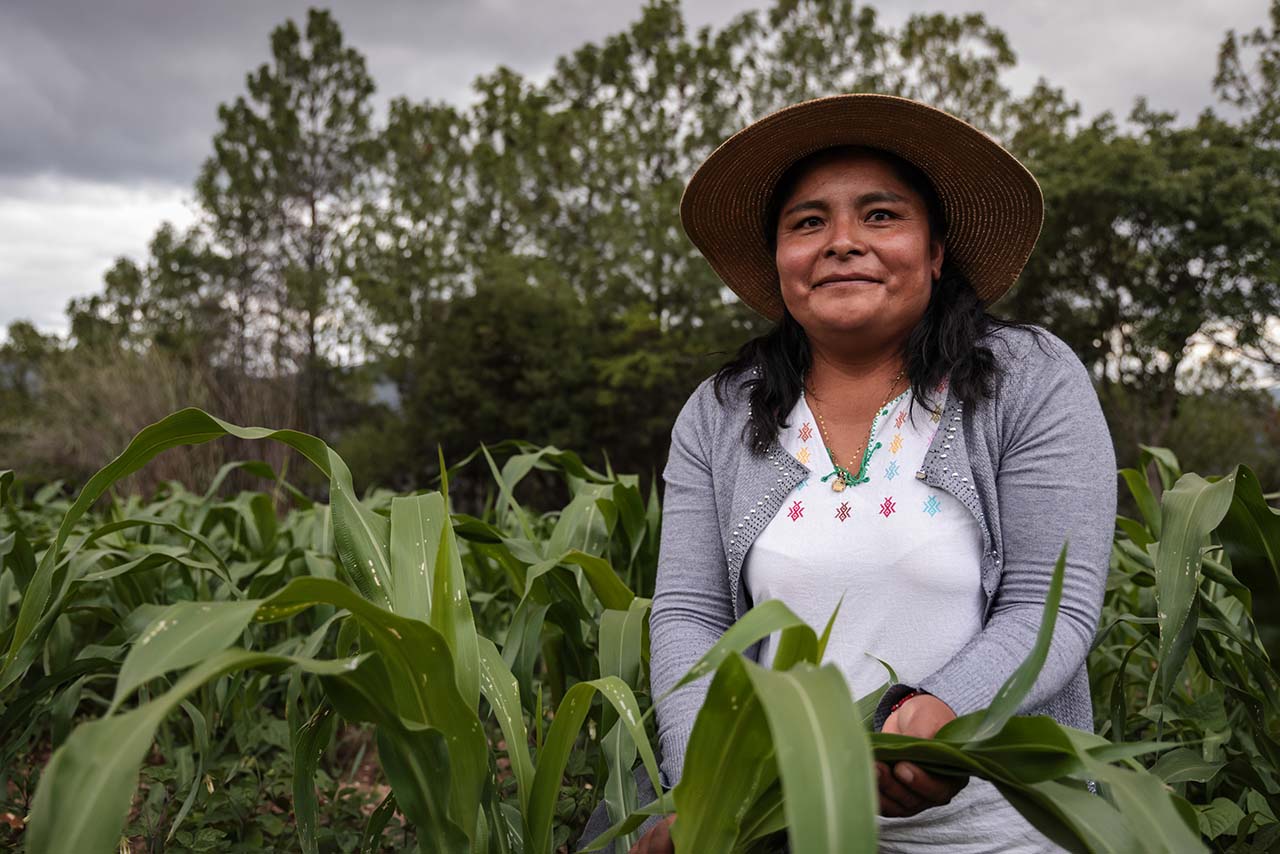
Photo by Oscar Leiva/Silverlight for CRS
Maximina Montesinos Santiago | Mexico
For Maximina Montesinos Santiago, an Indigenous farmer from the Mixteca region in the western half of the Mexican state of Oaxaca, caring for the land means making sure her crops are covered with the leftovers from previous harvests so that moisture gets locked into the soil.
“For us—the Mixtecos from this village, from this land, this village of rain—we eat from here, we live from here. She is the one who feeds us and gives us water. Now that we are taking care of the soils, we see that the land is more porous, not like before when it was harder. It used to hurt our hands, but not anymore,” Maximina says.
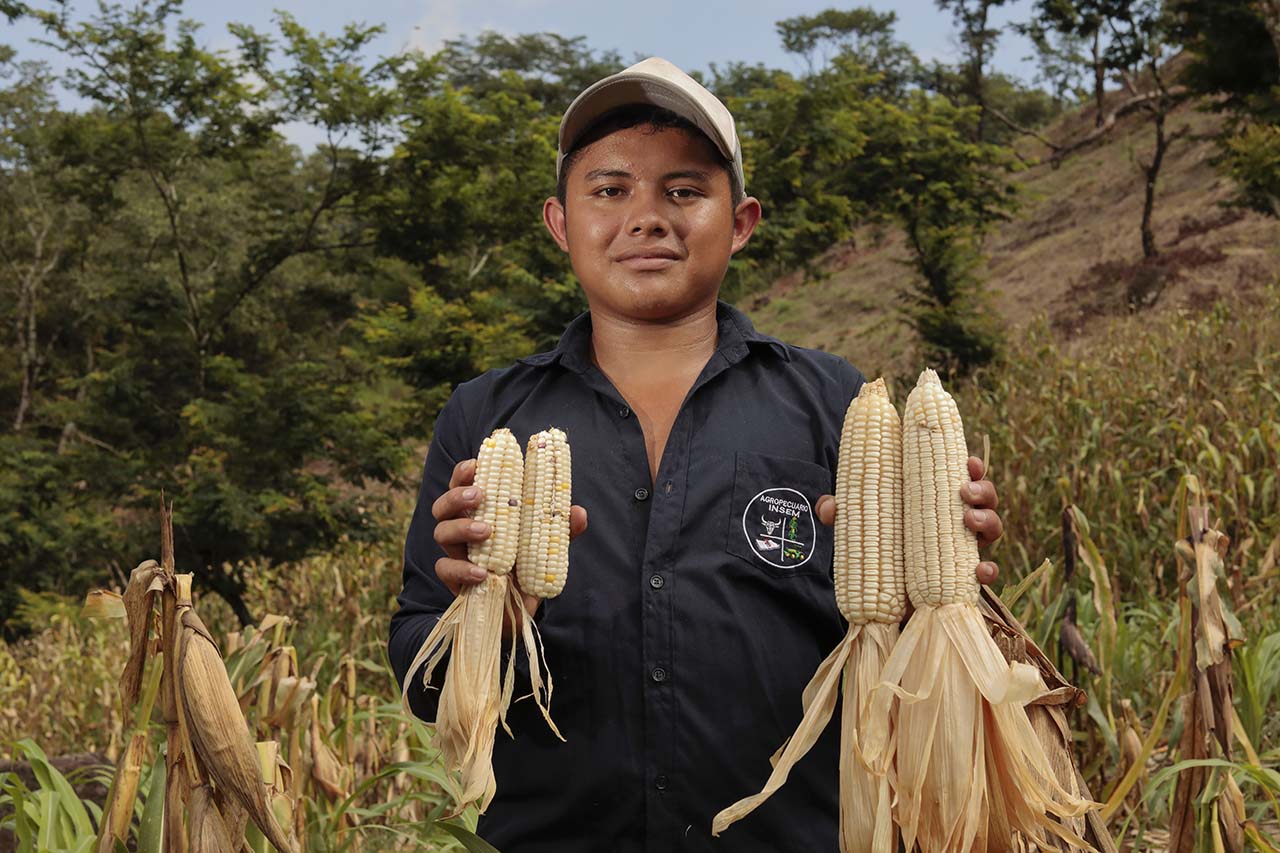
Photo by Oscar Leiva/Silverlight for CRS
Marvin Isaías Chicas Ambrosio | El Salvador
Implementing water-smart agriculture practices like covering crops and applying the right fertilizer at the right time can make all the difference, and Marvin Isaías Chicas Ambrosio has the proof. Here, Marvin compares corn grown on plots using traditional farming techniques and demonstration plots using water‑smart agriculture.
Marvin says, “The traditional one is smaller. Using ASA [water-smart agriculture] methods, you would get more than double the productivity. I feel convinced, I feel happy. Since I was little, I have liked agriculture. From the age of 8, I went out to work with my dad. I have always liked it and I will always continue to like it. My dad passed away last year. I had to move on, not stay. My family told me not to make cornfields anymore, but I told them that I wanted to learn more. I know my dad would be proud of me. I will continue to build the ASA plot. I will continue working as they have explained to me and I have learned.”
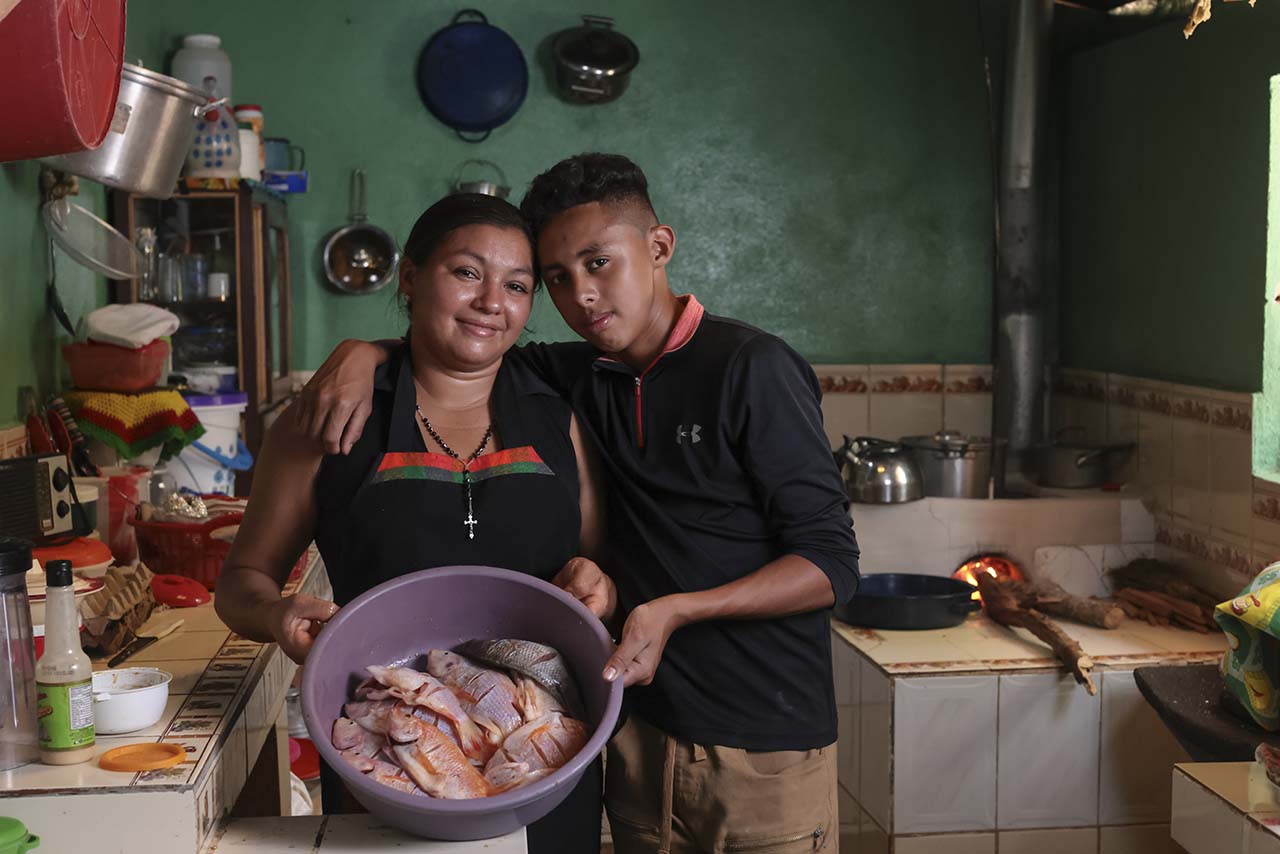
Photo by Oscar Leiva/Silverlight for CRS
Reina Azucena Padilla Martinez, left, and her son, Emilson Johan Figueroa | Honduras
Reina Azucena Padilla Martinez and her son, Emilson Johan Figueroa, prepare fish in the family kitchen. The Figueroa family has a small tilapia pond that used to run very low during dry spells, but now the family is able to top it off using water from a community-built water system.
“Emilson is such a good boy. He is very educated. He is very helpful and never complains about doing chores. This makes me happy and makes me proud of being his mother. My dream as a parent is to see my kids get a better life than we did—to see them grow spiritually and intellectually. I pray to God that he gives me strength to see them as adults. We live in a community where there is a lot of poverty. My wish is to see my community thrive,” says Reina.
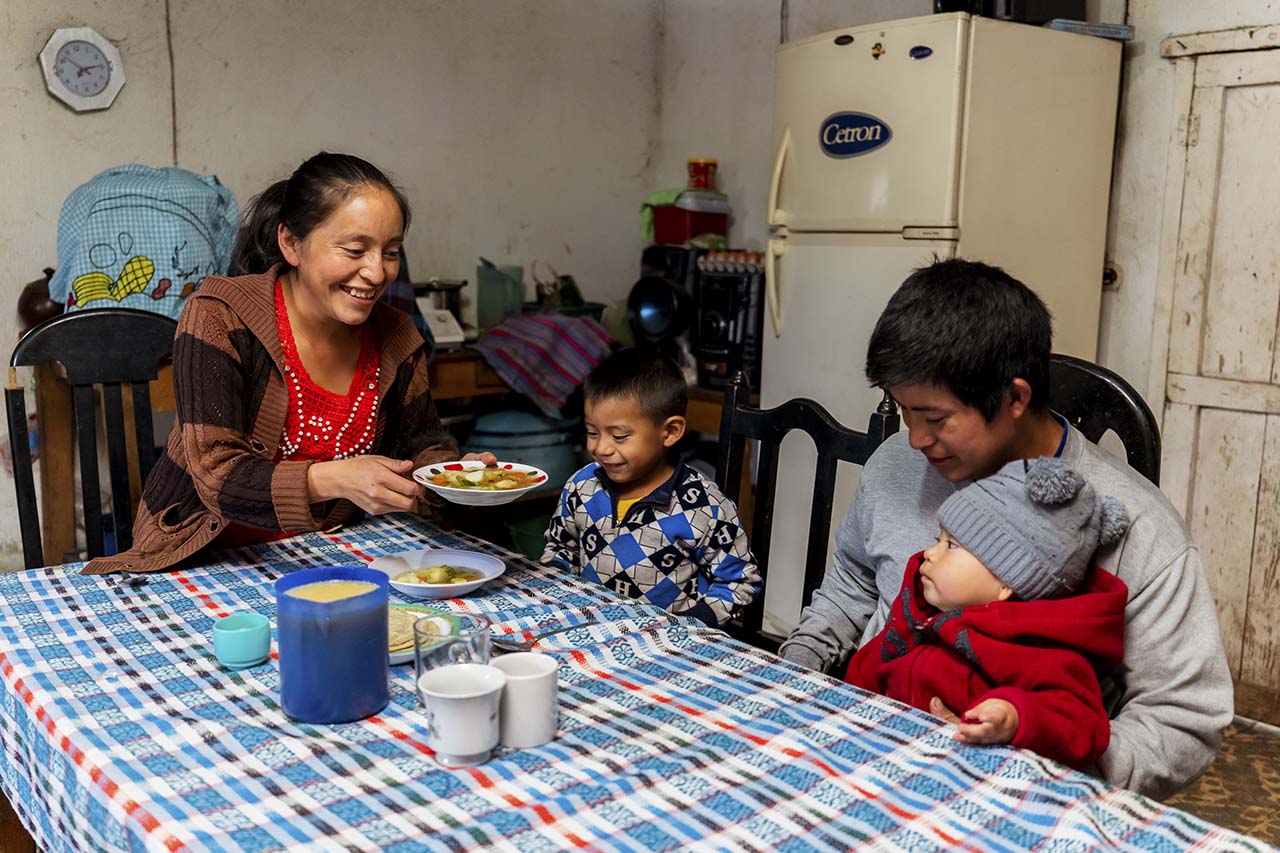
Photo by Erick Josue Hernandez for CRS
Lilian Tzún, left, and her family | Guatemala
When CRS offered Raúl Chanchavac and Lilian Tzún money to build their business, they took it and turned it into more success for their business. Their biggest dream was to transition from subsistence farming to profit-generating agriculture. With the seed capital, they built a greenhouse, improved the quality of their produce, and signed on to sell it to local schools as part of Guatemala’s school feeding law, which requires schools to buy at least 50% of their food from local producers. Today the couple sells their produce to more than six schools and employs some 17 people.
“My wife and I have always dreamed of seeing prosperity in our community and we are very happy to give work to our neighbors. We try to pay fair salaries so that they too will prosper,” Raul says.
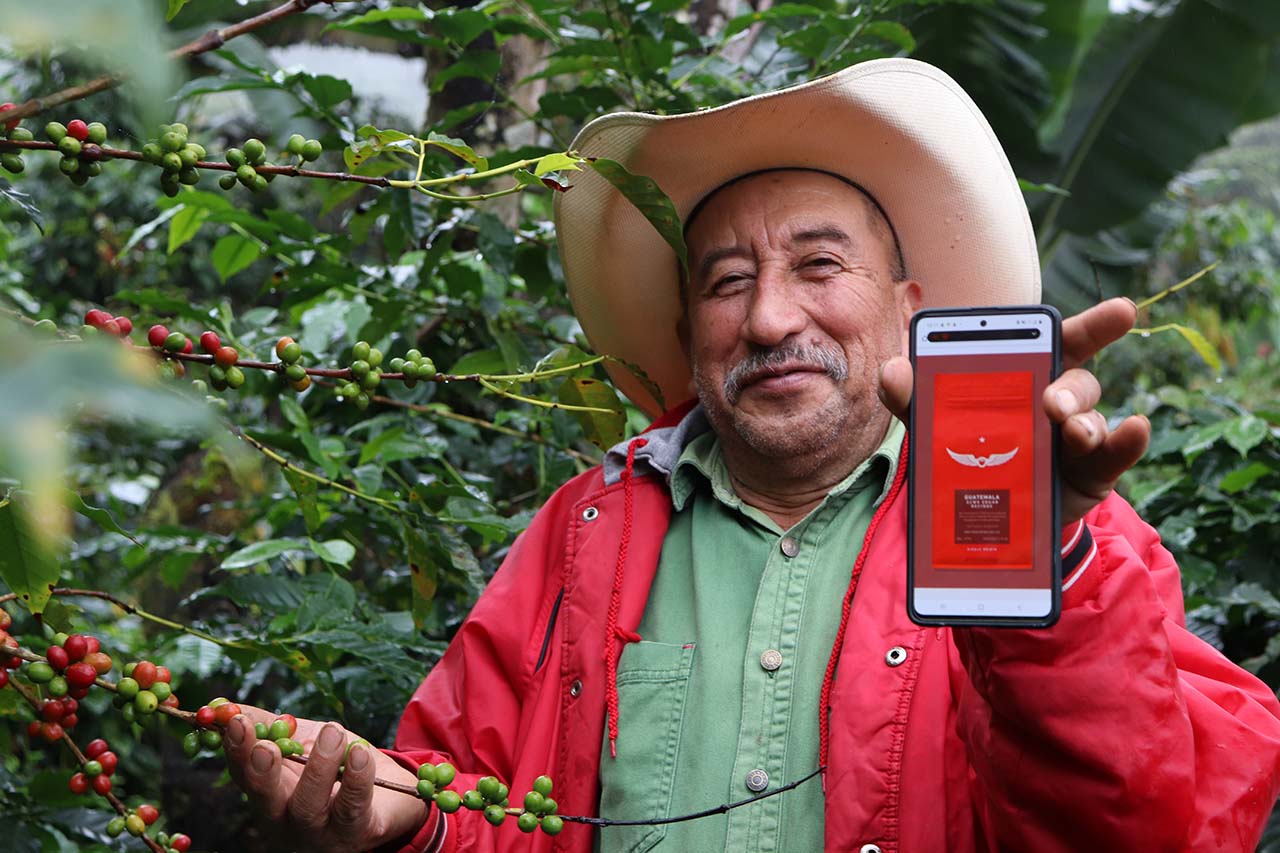
Photo by Luis Cocón/CRS
Edgar Recinos | Guatemala
Edgar Recinos has been growing coffee in Huehuetenango, Guatemala for nearly 20 years. After joining his local cooperative in 2009, he signed up for a specialty coffee program designed to help growers improve quality and reach buyers willing to pay premiums. In 2020, a Chicago-based coffee roaster, Intelligentsia, bought a shipment of his beans.
Edgar says, “I feel happy and joyful to see my coffee on the internet. This tells me that I've done a good job. The love for my coffee has paid off. I am proud to see my coffee being recognized.”
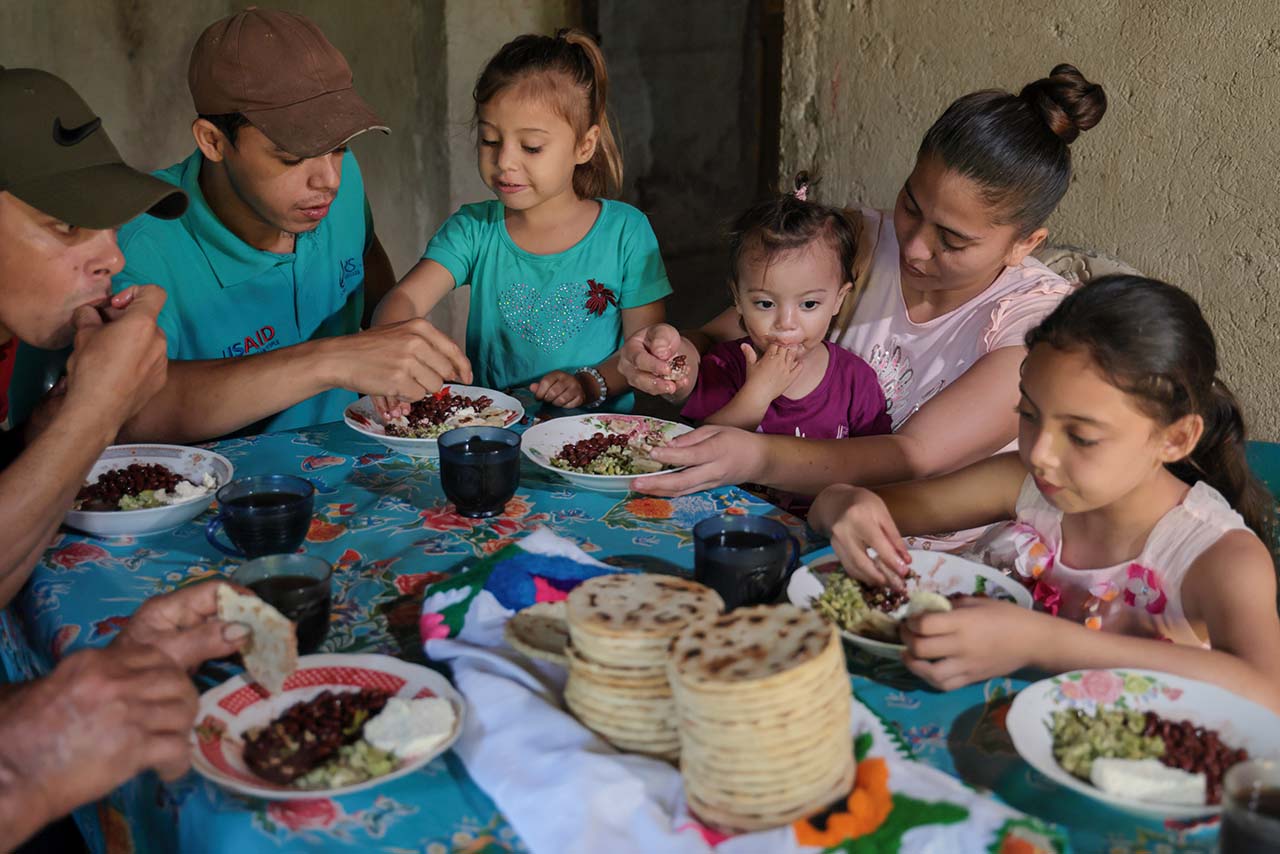
Photo by Oscar Leiva/Silverlight for CRS
The Muñoz Pérez family | Honduras
The Muñoz Pérez family understands pride too. Their pride comes from being able to grow the food that sustains them by taking care of their soil and conserving the precious water they depend on.
“I feel proud because we produce what we eat. We don’t buy, because what is produced at home is better. The freshly cut loroco, fresh milk from our cows, fresh cheese—[it] is something priceless and we have achieved it from our effort and God’s blessing,” says Salomé Muñoz, who leads his community saving group and attends farmer field schools to learn water-smart agriculture techniques.
These families represent so many farmers around the world who are making an impact on their communities, producing fresh, quality and affordable food for those around them, protecting their water and land, and advancing their communities economically.

